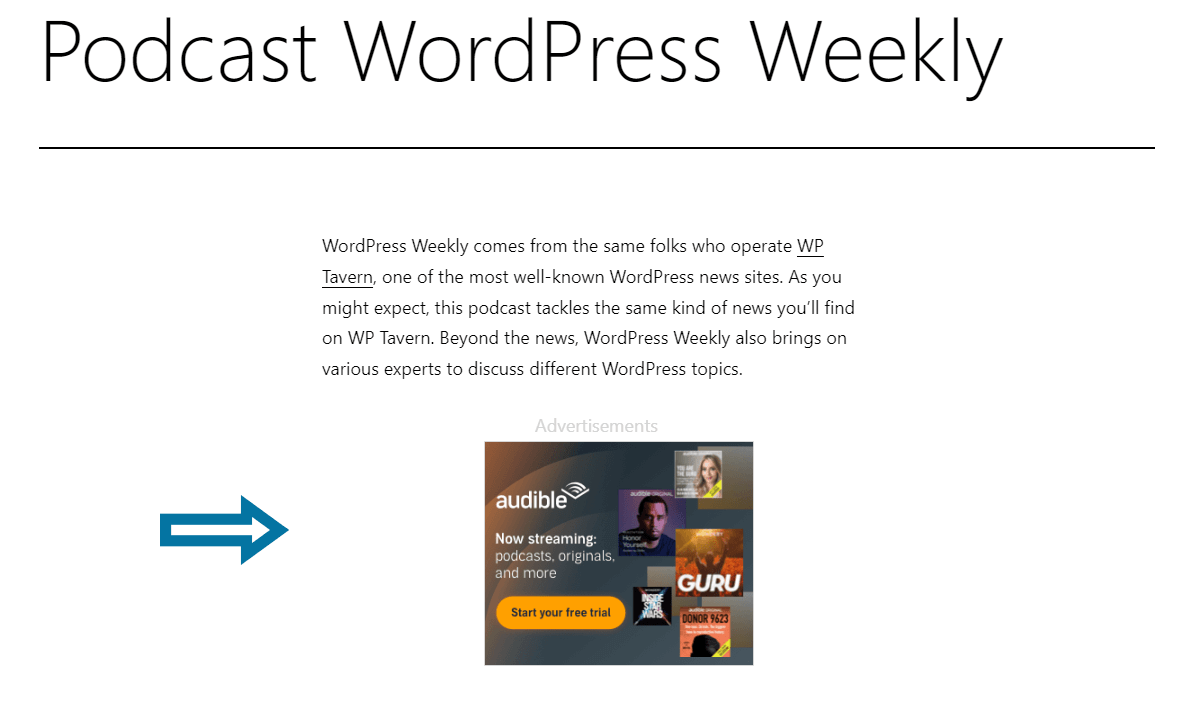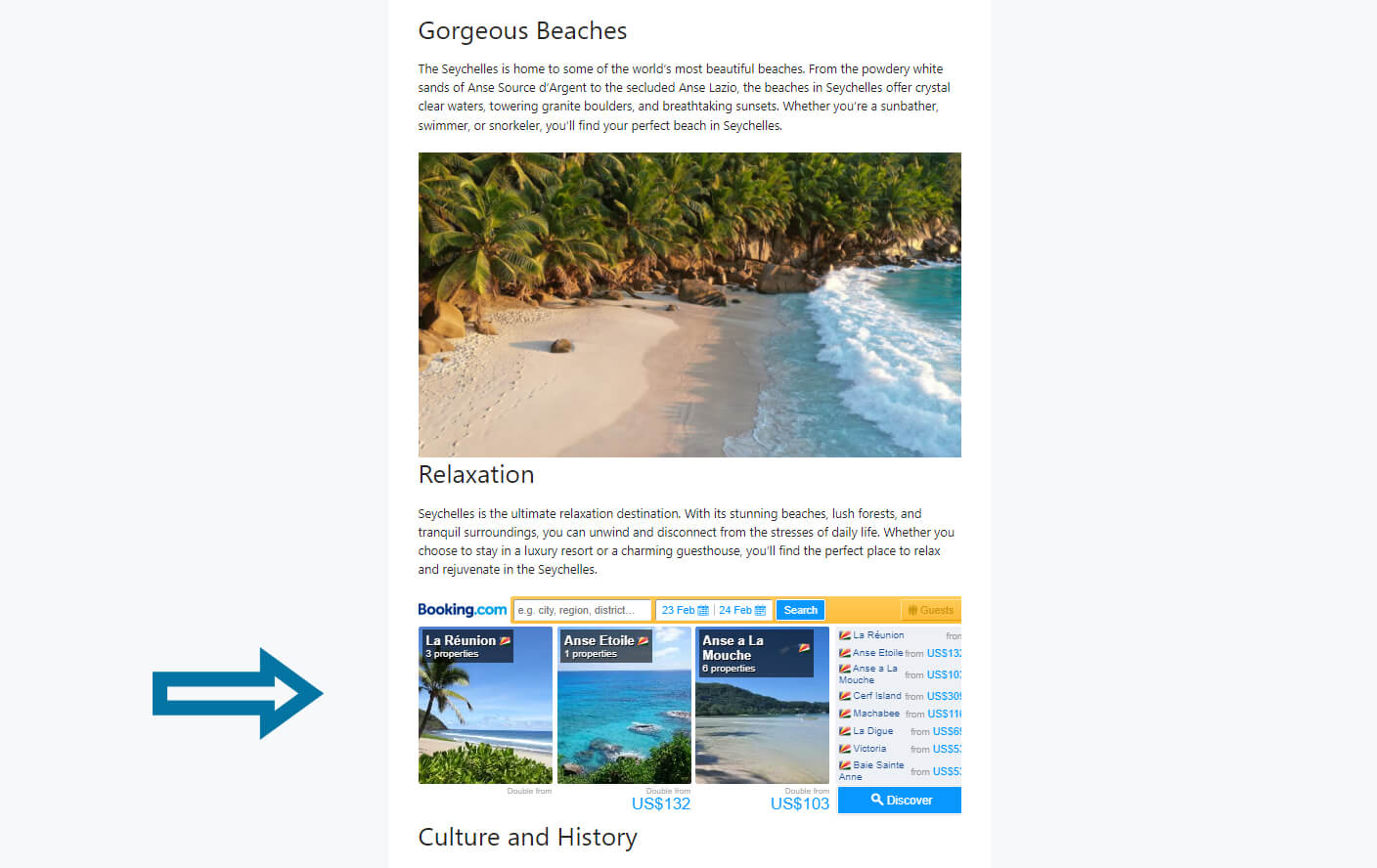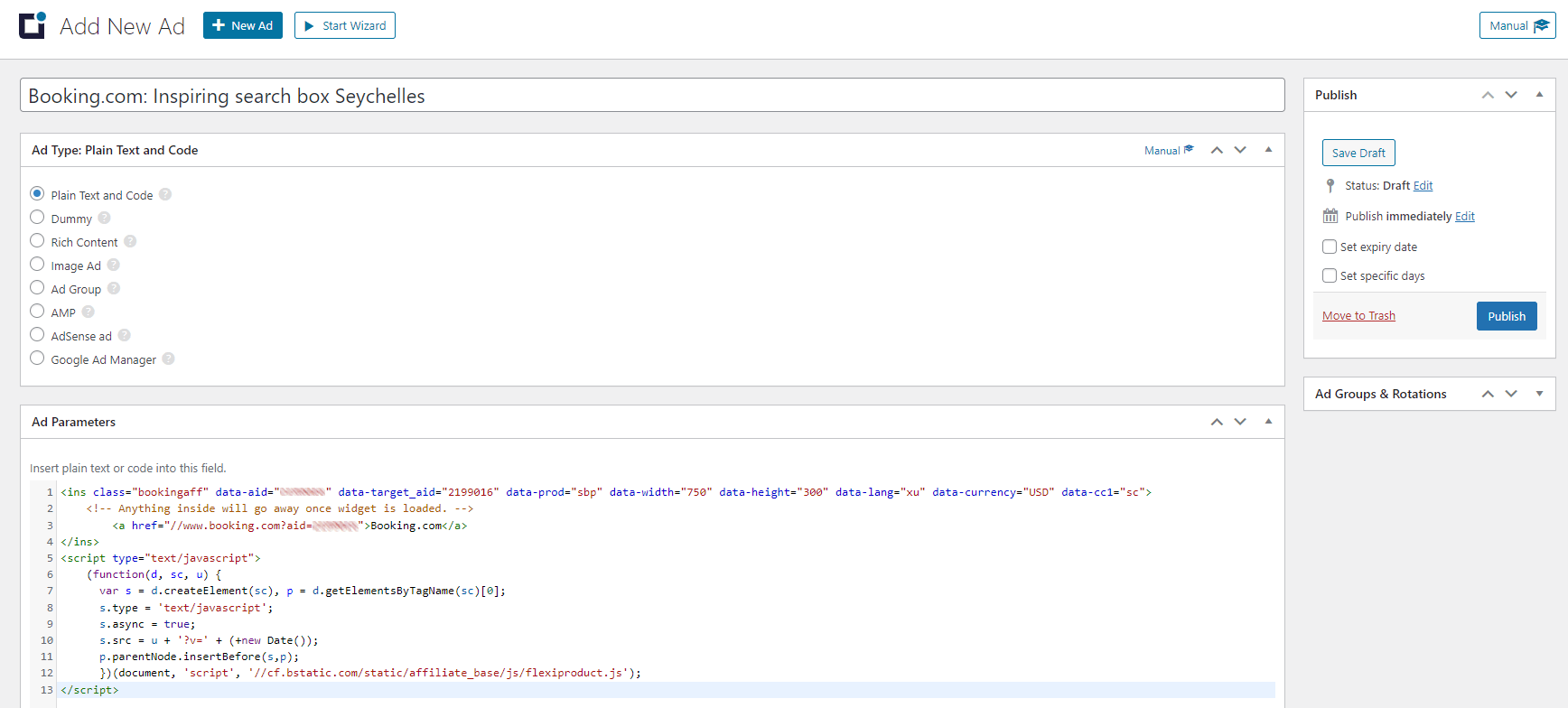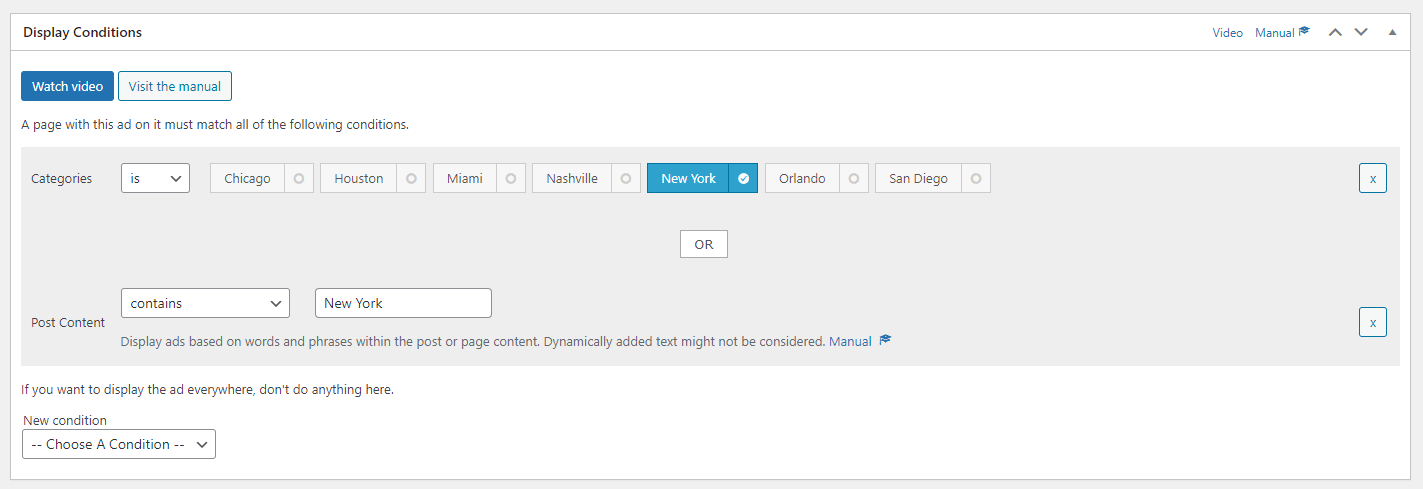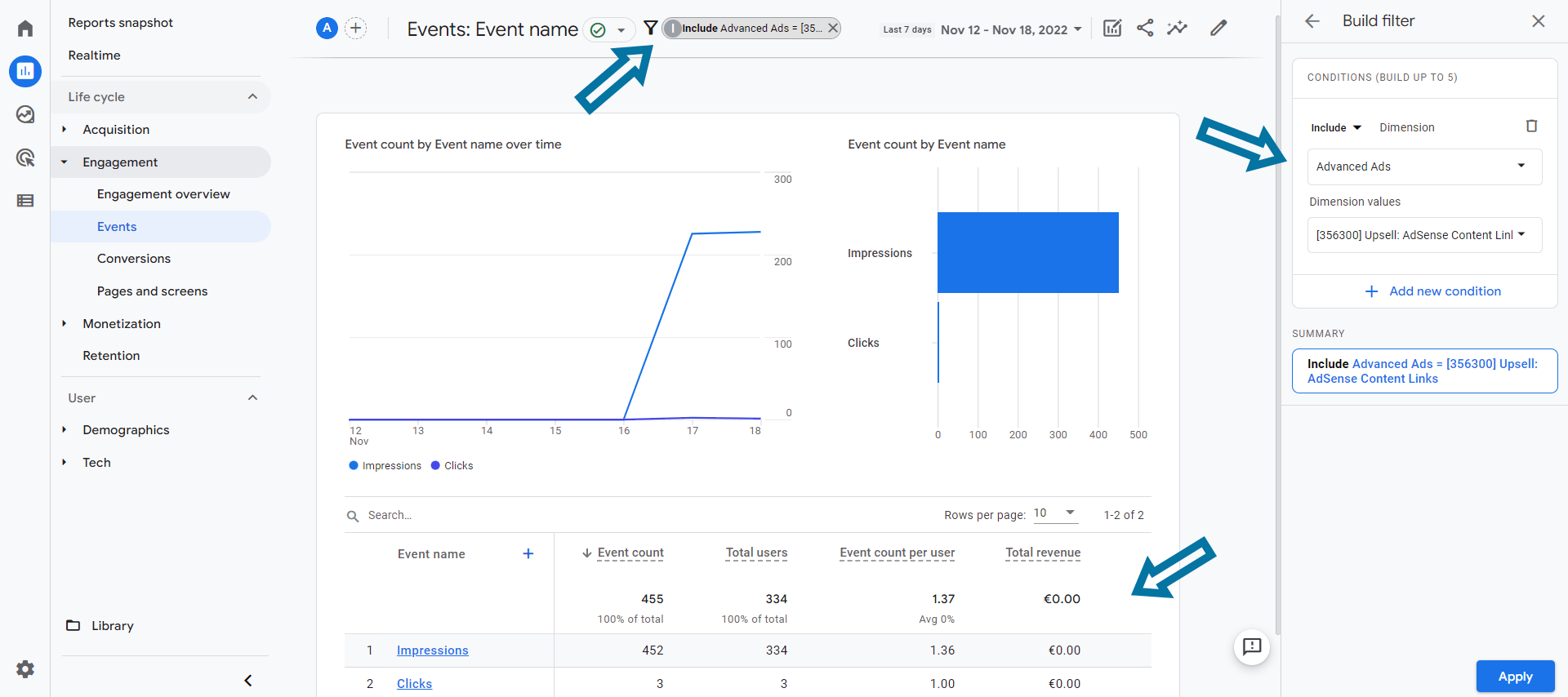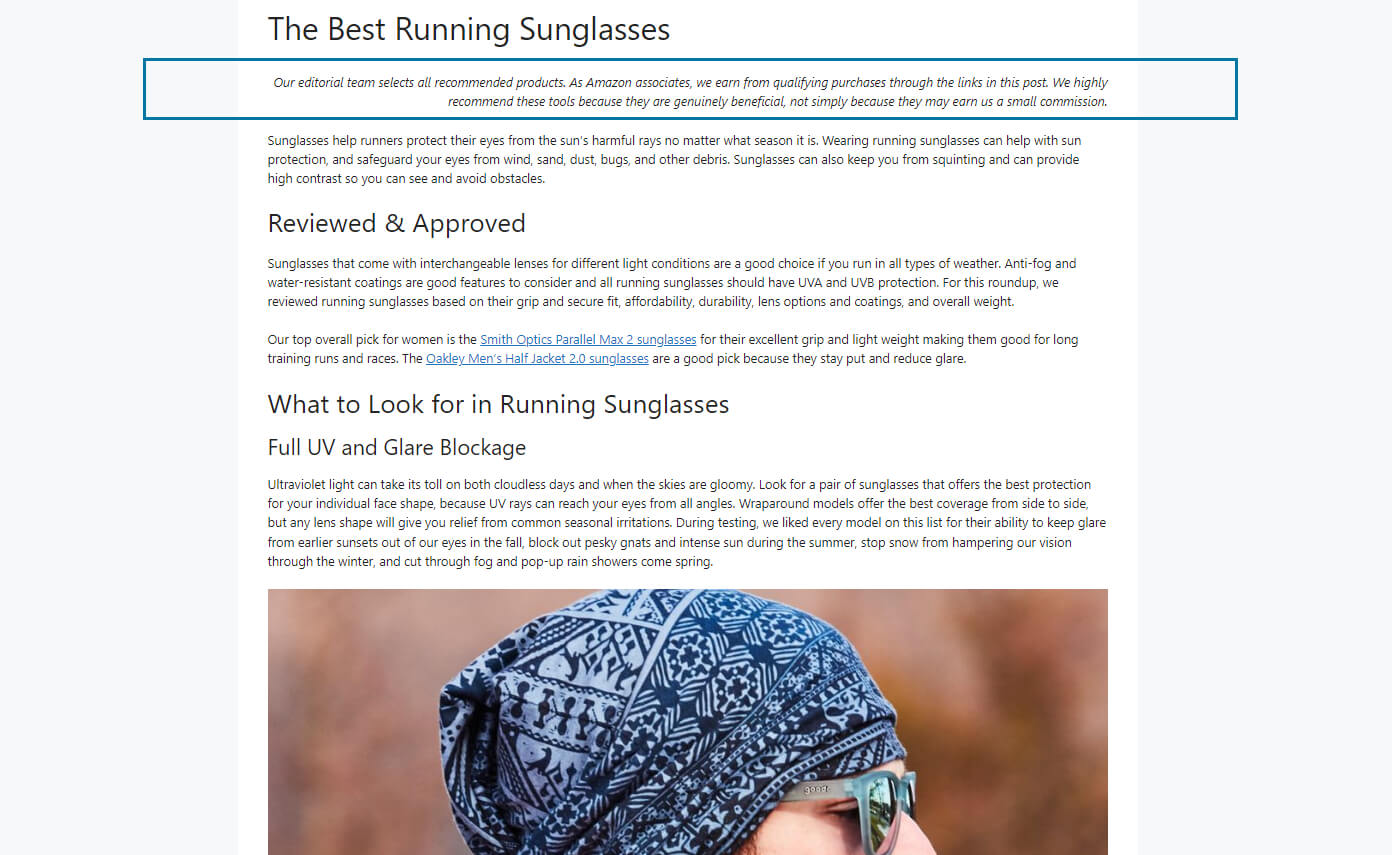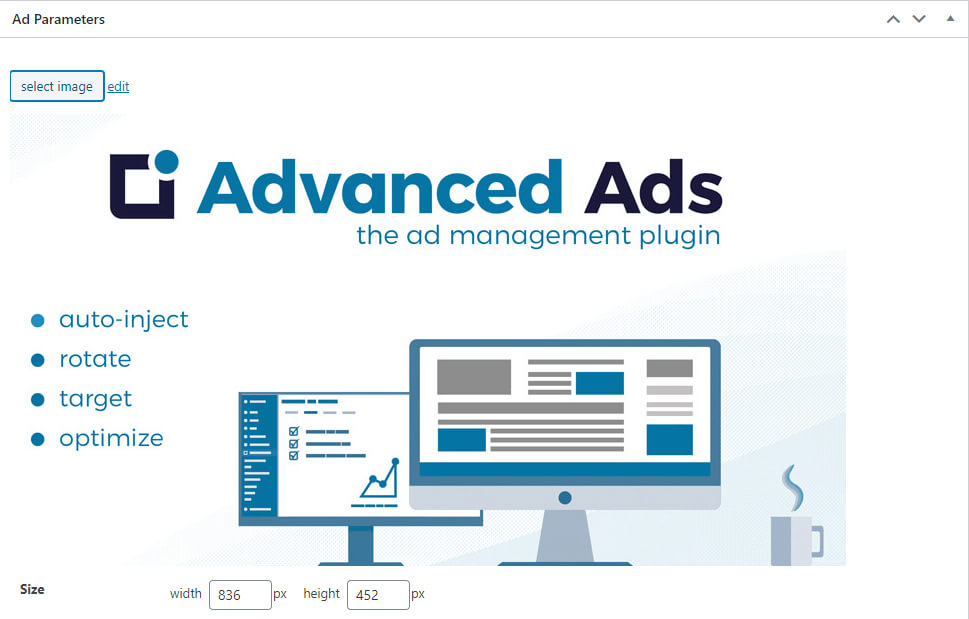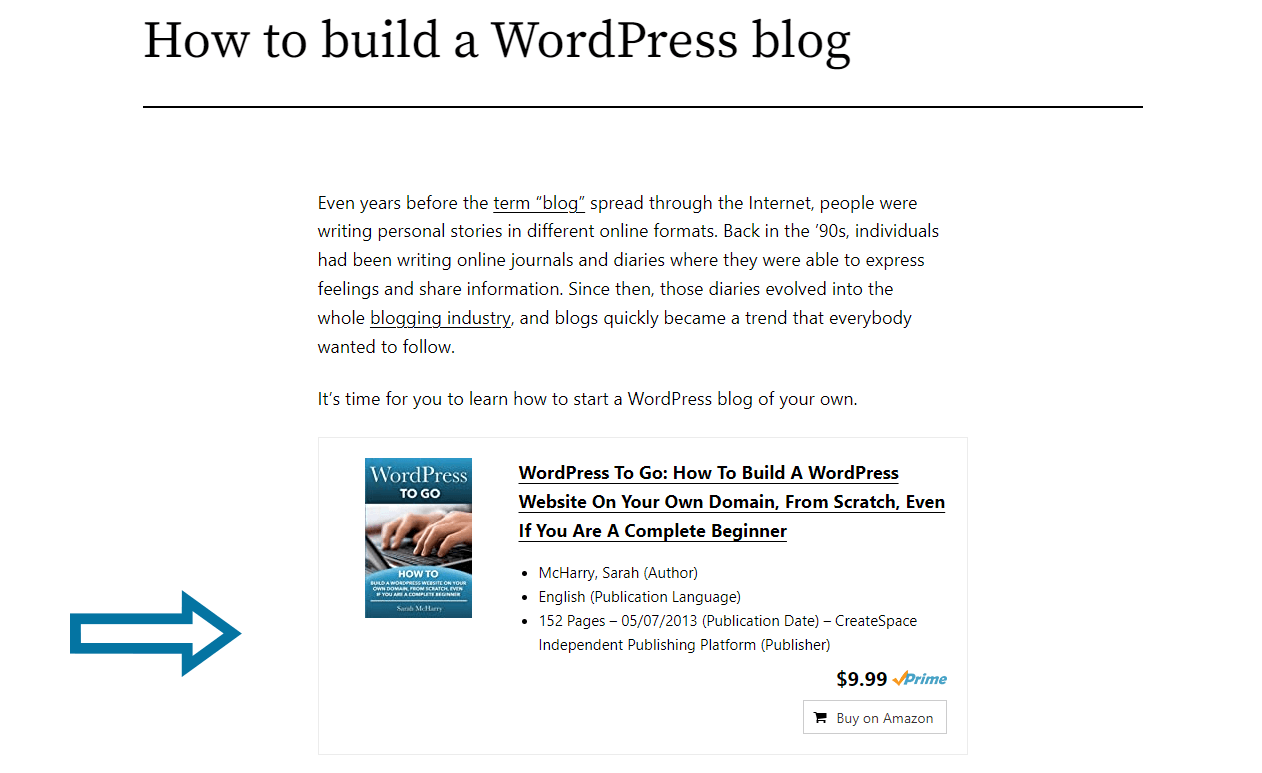Welcome to the exciting world of affiliate marketing, where endless possibilities and creative ventures await. Whether you’re just starting out or have some experience under your belt, this guide is here to empower you with valuable insights for success.
Affiliate marketing is a pillar of online monetization, offering a pathway to generate passive income by promoting products and earning commissions. It’s a chance to leverage your influence and connect your audience with valuable offerings, reaping the rewards along the way.
In this guide, I’ll dive into the core concepts and practical strategies that will help you monetize your blog or elevate your online platform. Together, let’s embark on this journey and unlock the full potential of affiliate marketing. Get ready to thrive in the dynamic world of online business!
Table of Contents
What is affiliate marketing?
Affiliate marketing is a dynamic business model that allows individuals, known as affiliates, to earn commissions—a share of the profits—by promoting products or services offered by merchants or companies. As an affiliate marketer, you drive traffic to the merchant’s website through your unique affiliate links.
When a customer makes a purchase or takes a desired action, such as submitting a lead form, you earn a commission for the successful referral.
Merchant, network, publisher, consumer
In affiliate marketing, several key players come together to make the ecosystem flourish. The merchant, also known as the advertiser or vendor, is the entity that creates or sells the products or services.
The network acts as an intermediary between the merchant and affiliates, providing a platform for managing affiliate programs, tracking sales, and facilitating payments.
You play a crucial role as a publisher or affiliate by promoting the merchant’s offerings to your audience. And lastly, the consumer is the end-user who purchases the product or service through your affiliate link.
Advertiser payment models: leads, sales, clicks
Affiliate marketing operates on different payment models. Understanding them is essential for optimizing your earning potential. The three primary payment frameworks are the leads, sales, and clicks models.
Sales
The sales model is one of the most common payment structures in affiliate marketing. You earn a commission for each sale that occurs through your affiliate link. This model often involves a percentage-based commission on the total purchase value.
Leads
With the leads model, you earn a commission for each qualified lead you generate. This typically involves the user providing their contact information or completing a specific action, such as signing up for a newsletter or filling out a form.
Clicks
In the clicks model, you earn a commission for each click on your affiliate link, regardless of whether a sale or lead is generated. This model is hardly used today but can be beneficial if you have high click-through rates but low conversion rates.
Commissions
The commissions in affiliate marketing can vary significantly depending on various factors, such as the industry, the merchant, the product or service being promoted, and the affiliate program’s structure. While there is no fixed average commission percentage in affiliate marketing, it typically ranges from 5% to 30% of the total sale value. However, some programs may offer higher commission rates, especially for high-value products or recurring services.
It’s important to note that commission rates can also vary within the same affiliate program. Merchants may offer different commission tiers based on performance levels, allowing affiliates to earn higher commissions as they generate more sales or reach specific milestones.
Some offer high commissions for each sale, but there may be fewer overall sales. Others offer only low commissions for each sale but at higher sales volumes. There are also opportunities for high-paying and high-volume commissions, giving you the best of both worlds. Therefore, reviewing the commission structure of each affiliate program you consider joining is crucial.
Payout intervals for affiliate commissions also vary among programs. Some programs offer monthly payouts, while others may have a longer payout cycle, such as bi-monthly or quarterly. Additionally, there may be minimum payout thresholds that affiliates must reach before requesting a payout. These thresholds ensure that affiliates accumulate a certain amount of commissions before receiving payment, lowering the administrative workload.
Choosing the best affiliate marketing network
Affiliate networks are crucial in connecting affiliates with merchants and smoothing the affiliate marketing process. These platforms act as a centralized hub where affiliates can find and join affiliate programs, access marketing materials, track their performance, and receive commission payouts. When choosing the right affiliate network for your needs, consider the following criteria:
- Reputation: Look for networks with a good industry reputation and positive reviews from other affiliates.
- Range of affiliate programs: Check if the network offers a variety of affiliate programs relevant to your niche and a diverse range of products or services to promote.
- Ease of use: Opt for user-friendly platforms with intuitive interfaces and easy navigation to make your work more efficient.
- Reporting and tracking: Ensure the network provides robust reporting and tracking tools to monitor your performance and make data-driven decisions.
- Payment terms: Understand the network’s payment terms, including any payment threshold and the schedule for receiving commission payouts.
- Customer support: Consider the level of customer support provided by the network, such as response times and available channels, to assist you when needed.
Considering these criteria, you can choose an affiliate network that best fits your needs and goals as an affiliate marketer. In any case, selecting the right network is crucial for establishing successful partnerships, accessing quality programs, and maximizing earning potential.
Recommended affiliate marketing networks and programs
In the vast online business landscape, numerous companies have embraced affiliate programs as effective marketing and sales channels. This opens up exciting possibilities for website owners across various industries to find suitable affiliate marketing products or services that align with their content and to thrive through affiliate marketing.
Awin

Awin is one of the best affiliate marketing platforms, providing a profitable network for publishers worldwide. With over 200,000 active publishers and 29,500 advertisers, Awin easily connects customers with well-known brands in 180 countries.
Awin’s main advantage is that it has a wide range of merchants and allows publishers to access multiple affiliate programs from one affiliate dashboard. Like all affiliate networks, Awin simplifies the payment process and provides consolidated statistics, eliminating the need for multiple affiliate program accounts. It is important to note that Awin acts as a middle-man, charging their own commission that’s calculated as a percentage of the arranged sales.
With its global reach, diversified services, and significant revenue potential, Awin offers an attractive opportunity for publishers looking to maximize revenue and partner with reputable brands on an easy-to-use platform.
Amazon

Amazon’s affiliate program is an ideal starting point for those new to affiliate marketing. Despite lower commission rates, this program offers a vast selection of products and enjoys a trusted reputation.
To make the most of it, align your website’s content with relevant product categories. For instance, if you run a pet blog, focus on promoting products for small animals. Although commissions may be lower, tapping into Amazon’s wide customer base and brand recognition can greatly influence purchasing decisions.
Try to seamlessly integrate your engaging content with product recommendations that cater to your website’s topic. This approach will optimize conversions and boost your earnings.
Don’t miss out on our comprehensive guide to the Amazon referral program, which is packed with valuable insights and tips.
Booking.com

The Booking.com affiliate program is an excellent match for travel websites catering to a global audience. With properties in over 220 countries and regions, you can offer your visitors a vast selection of accommodations, regardless of their budget. Benefit from competitive commission rates (25-40% of the commission that Booking.com charges the merchant) and leverage the trusted brand reputation of Booking.com to drive conversions.
The user-friendly platform provides valuable affiliate marketing tools, insightful data, and dedicated account managers, making it convenient for publishers. If you run a travel or destination-related website, the Booking.com affiliate program is a perfect fit for monetizing your content and catering to a diverse range of travelers.
Uncover valuable insights and insider tips in our comprehensive Booking.com affiliate guide.
More affiliate programs
There are countless affiliate programs available for various products and services. To find the right program, consider exploring the catalogs of major affiliate networks that categorize affiliate programs by industry. If you don’t find a suitable option, sites like Authorityhacker offer a curated list of affiliate programs.
Additionally, the Advanced Ads affiliate program is worth checking out if you have a website focused on WordPress or advertising-related topics. We offer lucrative lifetime commissions, making it a potentially profitable opportunity for you.
Remember that exploring various affiliate marketing programs can provide exciting partnerships and opportunities to monetize your website effectively.
Popular ad formats for affiliate marketing
Affiliate marketers have a wide range of ad formats to promote products or services and drive conversions effectively. Understanding the different ad formats and how to utilize them can significantly impact the success of your affiliate marketing campaigns.
Text Links
Text links are a popular ad type in affiliate marketing. They are hyperlinks embedded within the text, seamlessly blending into your content and providing a natural user experience. Despite their simplicity and lack of flashy visuals, text links are a powerful advertising tool that performs remarkably well. They often have higher click-through rates compared to modern animated banners.
One reason for their success is that text links look like regular editorial links, giving the impression of valuable recommendations rather than intrusive ads. They often direct users to specific products, which increases the chances of conversions compared to generic banners. Another advantage is that ad blockers usually don’t block text links, ensuring maximum visibility and revenue potential.
Tips for content around text links
When incorporating text links into your content, it’s important to follow these tips for optimal results:
Contextual relevance
Ensure that the text links are contextually relevant to your content. Therefore, the links should naturally fit into the flow of your article or blog post. This enhances their relevance and increases the likelihood of user engagement.
Placement
The placement of text links within your content can greatly impact their visibility and click-through rates. Embed text links naturally within your blog posts, articles, or reviews. Place them strategically within relevant paragraphs or sentences to capture the reader’s attention.
Call to action
Use compelling and action-oriented anchor text for your text links. This encourages users to click on the links and increases the likelihood of conversions. Highlight text links using different formatting, such as bold or underlined text, to make them stand out. You can also use callout boxes or boxes with different backgrounds to draw attention to the affiliate links.
Banner ads
Banner ads are graphical advertisements that appear on websites, typically in the form of images or animated visuals. They are usually available in standard sizes such as Leaderboard (728×90px) or Medium Rectangle (300×250px).
You can strategically place these ads within your website’s layout to capture your audience’s attention.
When using banner ads for affiliate marketing, consider the following:
Relevance
Choose banner ads relevant to your subject and your audience’s interests. Aligning the ad content with your website’s theme increases the likelihood of user engagement and conversions.
Placement
Position banner ads in prominent website areas, such as the header, within the content, or above the fold. These placements attract more visibility and clicks. Find the right balance of content and advertising so your users don’t perceive it as annoying.
Design
Opt for visually appealing banner ads that effectively convey the value of the promoted product or service. High-quality graphics and compelling messaging can significantly impact click-through rates.
Modern ad formats
Besides traditional text links and banner ads, modern ad formats have recently gained popularity in affiliate marketing. By diversifying your ad formats and utilizing the ones that best align with your content and target audience, you can enhance the visibility and effectiveness of your affiliate marketing campaigns. But be aware that adblockers immediately identify such ads as advertisements and make sure to have ad blocker fallbacks ready.
These formats include:
HTML5 ads
HTML5 ads have revolutionized affiliate marketing by offering dynamic and interactive experiences. They surpass traditional banner ads with multimedia elements and responsive design, captivating audiences across devices. Therefore, this modern ad format holds great potential for driving higher engagement and maximizing conversions in online advertising.
Interactive widgets
Larger ad networks sometimes offer interactive maps or widgets, customizable search boxes, or automatically generated product listings. These ad tools have a modern feel and look very appealing. Keep in mind however, that doesn’t mean that they necessarily convert better.
Video ads
Video ads are becoming increasingly popular due to the growing consumption of video content. But for now, affiliate programs effectively have yet to offer this format. In contrast, creating engaging and informative videos with affiliate links can be a promising way to drive conversions and revenue.
Creating affiliate ads with Advanced Ads
With Advanced Ads, creating and managing affiliate ads becomes a seamless process, enhancing your affiliate marketing efforts.
Text links
Creating text links with Advanced Ads is a simple process. First, generate the text link in your affiliate network’s backend, including your affiliate ID or tracking parameter.
Afterward, create a new ad in Advanced Ads, selecting the Plain text and code ad type.
If your ad network provides HTML code with the link, paste it into the ad parameter field. However, if you have the pure target URL, you can create the HTML code yourself or use the Rich content ad type for easier creation.
Customize the anchor text to suit your needs and consider adding the sponsored attribute, recommended by Google. An example code for a text link could look like this:
<a href="https://amzn.to/3u3x2B8" rel="sponsored noopener" target="_blank">Find more related products on Amazon</a>
Finally, publish the ad, and your affiliate link is ready to use.
Integrating text links into tables is a clever affiliate marketing strategy to create visually appealing and well-converting ad formats on your website. You can achieve this using the WordPress block editor or a dedicated tables plugin like TablePress. This approach allows you to effortlessly create attractive product or comparison tables that include text links, enhancing the user experience and increasing the chances of generating conversions.
With Advanced Ads Pro, you can effectively monetize users that have ad blockers enabled. The plugin offers a feature called Ads for ad blockers, which display a non-blockable alternative ad when a user has an ad blocker enabled. Text links are not detected as ads by ad blockers, making them an ideal choice for fallback ads. Using text links in this way can generate revenue from such visitors.
Banner ads
Creating affiliate banner ads with Advanced Ads is a straightforward process. Begin by copying the banner code from your affiliate network’s backend, including your affiliate ID and any tracking parameters. The network usually provides HTML code that can be easily pasted into a new Advanced Ads unit using the Plain text and code ad type.
However, I recommend a different approach instead of relying on this integration method. Save externally hosted banners locally and utilize the Image ad type. This eliminates the need for external calls and grants you control over the file name, enabling you to make the banner more resistant to ad blockers. Adopting this method enhances the user experience with faster loading times and ensures your banners are displayed without interference from ad-blocking software.
Modern ad formats
The affiliate marketing ad formats I refer to as “modern” in this tutorial are sometimes provided as HTML5 ads but usually as JavaScript-based ad codes. The process for integrating these ad formats is almost always the same:
- Copy the ad code from the backend of your affiliate program or network.
- Create a new Plain text and code ad.
- Paste the ad code and publish the ad.
In the next section, I’ll explain how to add banners, modern affiliate marketing ad formats, and text links to your website.
Embedding affiliate ads into your website
When it comes to embedding affiliate ads into your website, Advanced Ads offers multiple convenient methods to choose from.
Auto-injecting via placements
Placements are convenient slots within your content or theme to display ads or ad groups effortlessly. They offer a hassle-free way to modify your ad setup without the need to touch your code or alter your content directly.
Placements come packed with powerful features, including lazy loading for improved performance, the ability to repeat ad injections, and the option to show alternative content to users with ad blockers enabled.
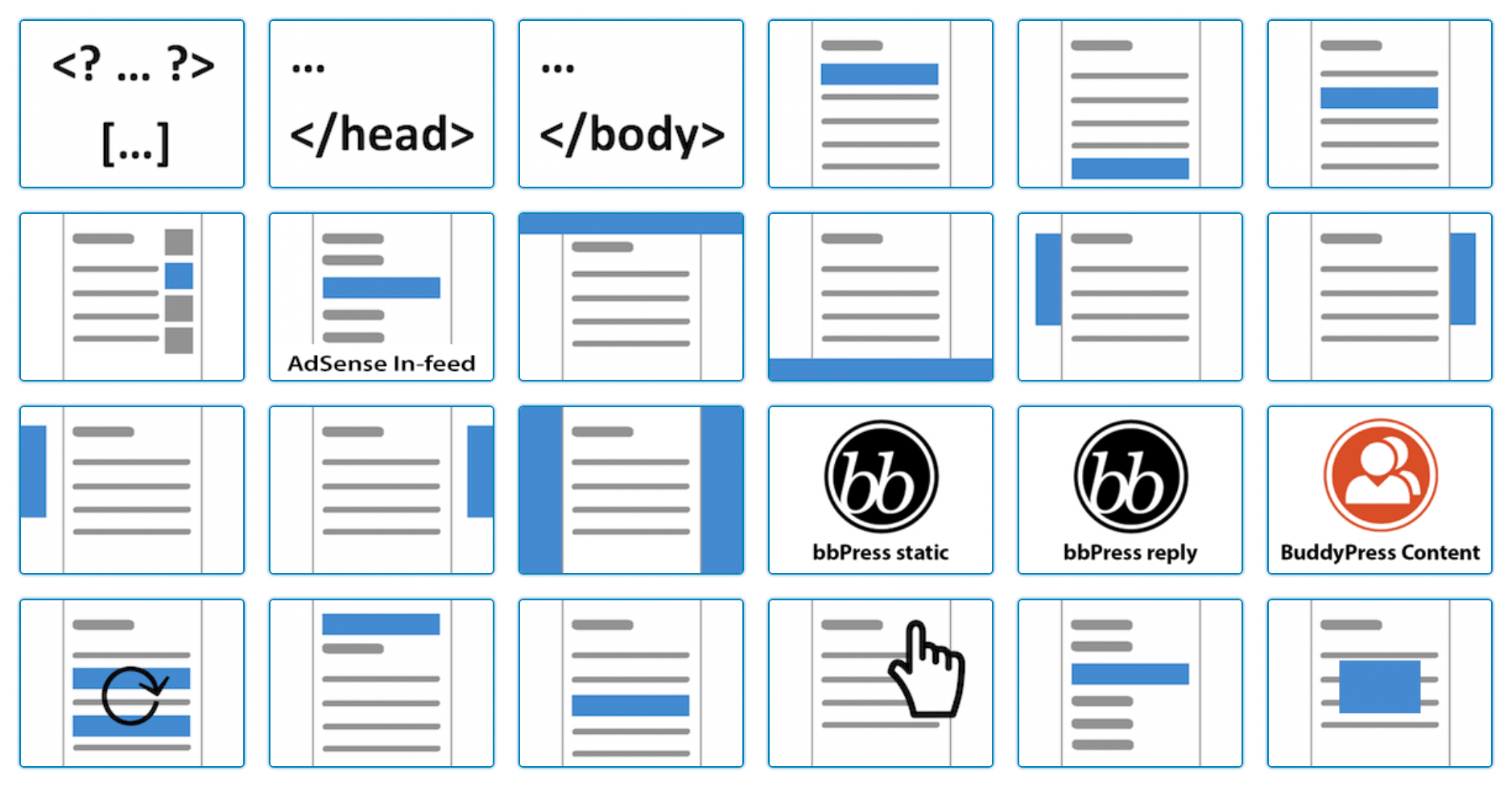
With placements, you have the flexibility to inject ads in various strategic locations. You can place affiliate marketing ads before and after your post content, within the content itself, or based on specific elements like paragraphs or images.
Advanced Ads Pro allows you to insert ads in the middle of your content. Additionally, using the Sticky Ads add-on, you can utilize placements in the header area for “invisible” ad code, between posts on archive pages, and in sticky placements at the top, bottom, or beside the content. This range of placement options empowers you to optimize ad placement for maximum visibility and engagement with your audience.
When integrating text links, strategically placing them closer to or within your content can significantly boost click-through rates.
Inserting shortcodes
The Advanced Ads shortcodes provide a convenient way to easily insert ads into any static page or post. Basically, integrating shortcodes involves embedding the shortcode of an ad, ad group, or manual placement using a content block or widget.
However, text links require a different approach. Since they don’t stand out in traditional banner places, text links perform best when seamlessly integrated within the body text of your content or product tables using a shortcode. By strategically placing text links in these locations, you can enhance their visibility and engagement, driving higher click-through rates and maximizing your affiliate marketing potential.
Ad widget
To effortlessly display affiliate marketing links in your sidebar or any other widget area, Advanced Ads provides the Ad widget. Simply navigate to your WordPress dashboard’s Appearance > Widgets section and locate the “Advanced Ads” widget or block. Drag and drop it into your desired sidebar, and then choose the ad, ad group, sidebar widget placement, or manual placement that you wish to display.
By utilizing the ad widget, you can manage ads directly from the placement page, eliminating the need to modify your theme files whenever you want to make adjustments.
Importing ad templates
Advanced Ads offers a range of ready-to-use ad setups that you can effortlessly import into your website. With just a few clicks, you can access templates showcasing features like ad rotations, ad grids, and anchor ads. By importing these templates, you streamline your onboarding process with Advanced Ads and achieve instant results on your site.
These templates provide you with the flexibility and simplicity to incorporate ads into your website without the need for complex coding or manual adjustments. They empower you to efficiently manage and optimize your ad placements, ensuring a seamless integration that maximizes your affiliate marketing potential. Experience the advantage of these pre-designed setups and unlock the full power of Advanced Ads.
Targeting affiliate ads to improve conversion rates
Effective ad targeting is vital for optimizing ad units and maximizing click-through and conversion rates in affiliate marketing. Advanced Ads offers powerful tools to enhance ad targeting and boost your revenue potential.
One such tool is Display Conditions, which allows you to define criteria like category, tag, or post content. By utilizing these conditions, you can control when and where specific ads are displayed based on factors like post category or relevant keywords. This precise targeting ensures that your ads appear in relevant contexts, increasing their effectiveness.
Moreover, Visitor Conditions enable you to target specific user groups. You can tailor ads based on device type, referral URL, or location. For example, if your website attracts international traffic, you can display particular ads only in specific countries. This level of targeting enables personalized ad experiences for different user segments, maximizing the impact of your affiliate marketing efforts.
Track, analyze, and optimize text link performance
Integrating your affiliate ads with Advanced Ads on your WordPress site gives you access to powerful tracking capabilities that revolutionize your ad monitoring. With the ability to track impressions and clicks for each ad, you can effortlessly calculate the click-through rate (CTR) and optimize your ads for better performance. The Tracking add-on seamlessly supports all ad types, ensuring comprehensive insights into your campaigns.
But the benefits extend even further. When you combine ad tracking with Google Analytics, a wealth of detailed information becomes available at your fingertips. You can pinpoint the exact pages where users interacted with your ads and delve deeper into their behavior. This integration provides valuable data to refine your advertising strategies, uncover hidden opportunities, and achieve superior affiliate marketing results.
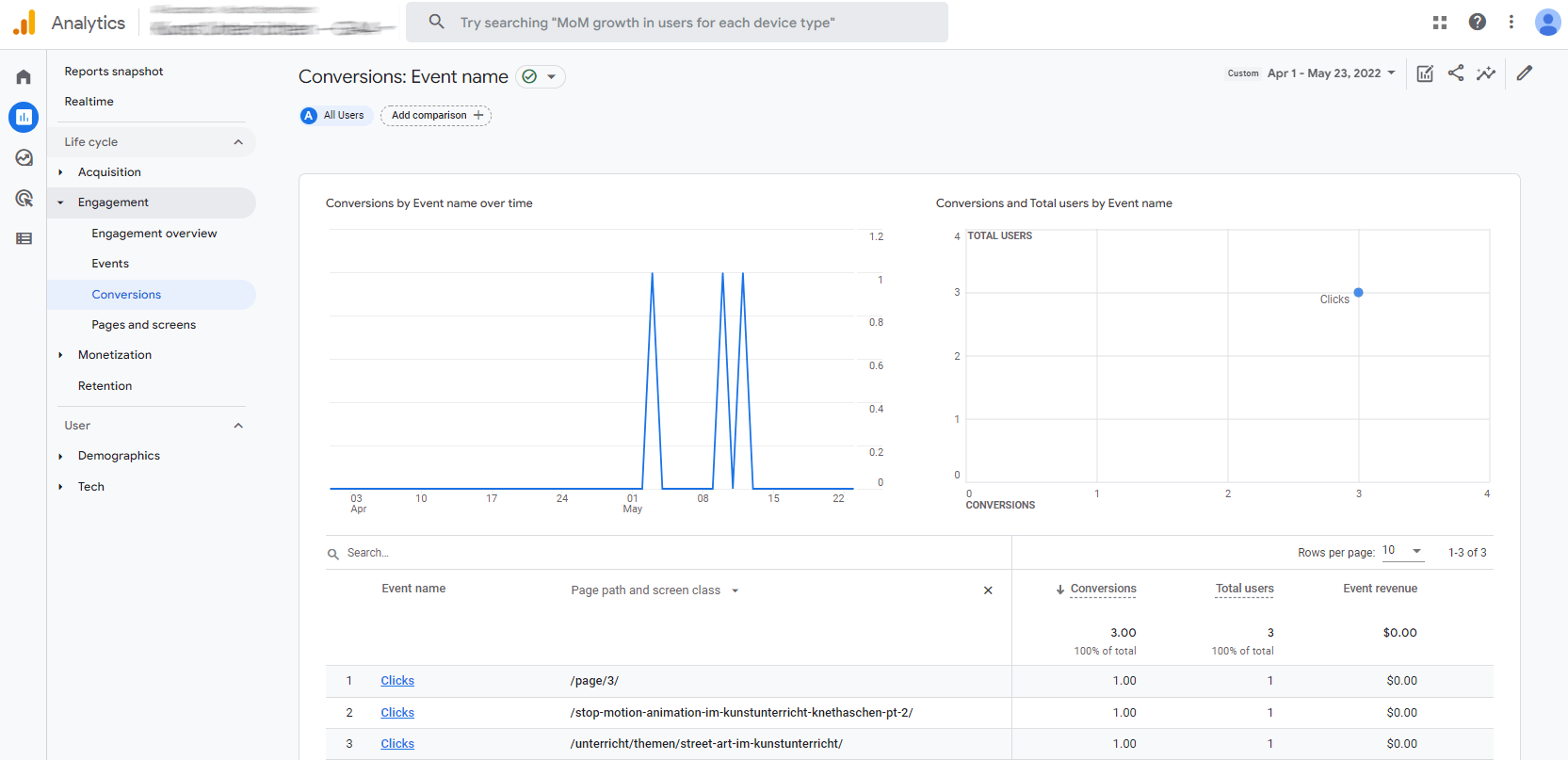
Tips for building a solid foundation in affiliate marketing as a beginner
Building a strong affiliate marketing strategy
To establish a robust affiliate marketing strategy as a beginner, focusing on a specific matter that aligns with your website’s content and target audience is crucial. This targeted approach helps attract more qualified leads and increases your chances of conversion. Additionally, research and select reputable affiliate programs with a proven track record, reliable payment terms, and high-quality products or services that match your topic.
Promoting products or services that you genuinely believe in builds authenticity and trust with your audience, enhancing your credibility as an affiliate marketer.
Finally, create helpful content that provides true value to your audience, such as insightful product reviews, tutorials, guides, comparisons, or helpful tips related to the products you’re promoting.
Placing affiliate links for a smooth user experience
Strategic placement of affiliate links is key to success. Integrate them seamlessly and naturally within your content, ensuring they don’t appear spammy or intrusive. The goal is to provide value to your readers while maintaining relevance. Strike a balance in the density of affiliate ads to avoid overwhelming your audience.
Staying compliant with the legal requirements and regulations surrounding affiliate marketing is also essential. Familiarize yourself with disclosure guidelines and consumer protection laws to maintain trust with your audience and avoid legal issues.
Consider masking or shortening your affiliate links to make them more user-friendly and visually appealing.
Moreover, choose the appropriate link attributes, such as “nofollow” or “sponsored” tags, to indicate the nature of the affiliate links to search engines.
Testing, tracking, and optimization
To continuously improve your affiliate marketing efforts, embrace a culture of testing, tracking, and optimization. Experiment with different promotional strategies, such as banner ads, text links, product showcases, or video reviews.
By tracking the performance of each strategy, you can identify what resonates best with your audience and generates the highest conversions. Leverage tracking tools and analytics to monitor the performance of your affiliate links and campaigns. Analyze the data to gain insights into what works well and optimize your strategies accordingly. This iterative process helps improve conversion rates and maximize your earnings.
By organizing these tips into clusters, you can easily focus on different aspects of building a solid foundation in affiliate marketing as a beginner. Implement these strategies with enthusiasm and dedication, and you’ll be on your way to achieve success in the active world of affiliate marketing.
Compliance and disclosure for affiliate marketing relationships
Being transparent with your audience about your financial relationship with the companies you endorse is essential. This is where an affiliate disclosure comes into play.
An affiliate disclosure is a statement that informs your readers about your affiliation with certain brands, products, or services. It lets them know you may earn a commission if they purchase through the links you provide. An affiliate disclosure is a legal requirement and an ethical responsibility to maintain trust with your audience.
In this tutorial, you’ll find practical advice on writing an adequate affiliate disclosure. It covers key elements like describing the affiliate relationship, explaining how affiliate links work, disclosing any compensation you may receive, and ensuring compliance with FTC guidelines. The tutorial emphasizes the importance of clarity, proper placement, and leveraging tools like the Advanced Ads plugin to streamline the process. If you want detailed guidance on creating a disclosure that meets legal requirements while supporting your affiliate marketing efforts, click here to learn more.
By implementing an affiliate disclosure, you demonstrate your commitment to transparency and build trust with your audience. Consequently, this strengthens your relationship with your readers and helps you navigate the affiliate marketing landscape confidently and with integrity.
Top WordPress affiliate marketing plugins for monetizing your website
Beginners in affiliate marketing value them to avoid worrying about technical issues, experts cherish their convenience and efficacy—here are some top WordPress affiliate plugins that can help you monetize your website.
These plugins provide various functionalities to enhance your affiliate marketing efforts on WordPress. You can explore their features and choose the ones that best suit your needs and goals.
Advanced Ads
Advanced Ads allows you to manage and optimize your ad placements, including affiliate ads. With the powerful ad management plugin, you can access features like ad rotation, scheduling, and targeting options, enabling you to fine-tune your advertising strategy. Expand the plugin’s functionality with the All Access license that contains various add-ons to maximize your earning potential.
AAWP
AAWP (Amazon Affiliate WordPress Plugin) is designed for Amazon affiliates. It helps you generate attractive and customizable Amazon product boxes, tables, and widgets for your website. The plugin also offers features like geotargeting, automatic product updates, and link localization. If you activate both plugins, AAWP and Advanced Ads, you can select a dedicated AAWP ad type to create product tables and more.
TablePress
TablePress is a versatile plugin that allows you to create and manage tables on your WordPress site. It can be useful for affiliate marketing regarding product comparisons, pricing tables, or other data-driven content related to your affiliate promotions.
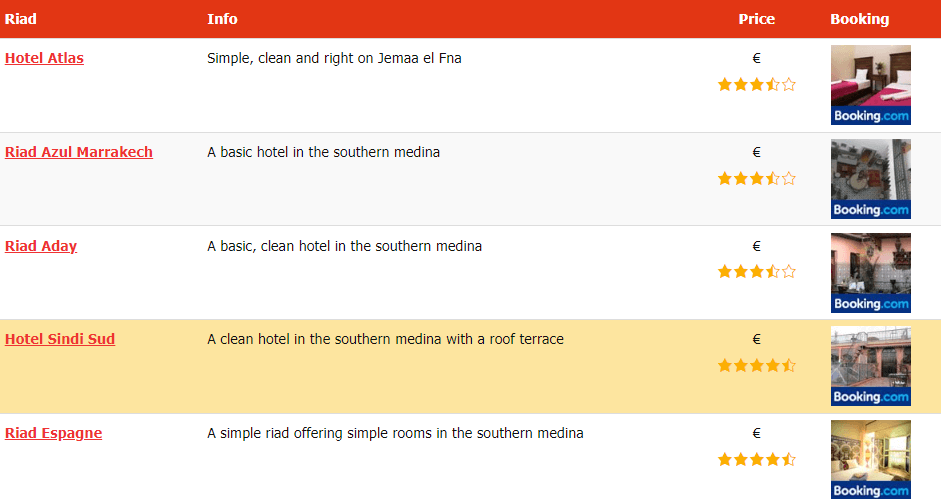
Pretty Links
Pretty Links is an URL shortening and link management plugin commonly used in affiliate marketing. It offers the ability to mask links and track clicks, serving as a free alternative to the Advanced Ads Tracking add-on.
While it’s an excellent option for beginners, it’s worth mentioning that Pretty Links has certain limitations compared to the comprehensive functionality of Advanced Ads. I recommend installing the Tracking add-on for advanced tracking, detailed analytics, and enhanced optimization capabilities.
Conclusion
Building a thriving affiliate marketing business is a journey that demands dedication, perseverance, and strategic thinking. As you embark on this path, remember that success doesn’t happen overnight. It takes time to learn the ropes, refine your marketing strategies, and establish your presence in the affiliate space.
Stay committed and patient, consistently honing your skills and adapting to the evolving landscape. With each step forward, you’ll gain valuable experience and insights that will empower you to scale your affiliate campaigns, uncover new monetization avenues, and unlock greater earning potential. Embrace the adventure, and let your passion drive you toward a prosperous future in affiliate marketing.
FAQ
Affiliate marketing is a performance-based marketing model where affiliates or publishers promote products or services on behalf of merchants. Affiliates earn a commission for each sale or action generated through their unique affiliate links. It’s a popular online business strategy that allows affiliates to monetize their websites by driving traffic and sales for merchants. This win-win partnership between affiliates and merchants creates a mutually beneficial relationship in the digital marketplace.
The profitability of affiliate marketing varies depending on several factors, such as the subject matter, marketing strategies, and audience engagement. According to recent studies, affiliate marketing spending in the United States alone is projected to reach $8.2 billion by 2022. While some affiliates earn significant income, most make between $500 to $1,000 per month. However, top-performing affiliates can earn six or even seven-figure incomes annually.
Absolutely. Amazon affiliate marketing can be highly profitable for individuals or businesses leveraging the program. With a vast product selection and a trusted brand, Amazon offers lucrative opportunities for affiliates. The Amazon Associates program generated over $11 billion in revenue for affiliates in 2020 alone. Many successful affiliates report earning thousands of dollars per month through the program.
Affiliate links are unique URLs that contain tracking codes. These links are provided by affiliate programs and are used by affiliates to promote specific products or services. When a user clicks on an affiliate link and makes a purchase, the affiliate is credited with a commission.
You must join an affiliate program to create an affiliate link. Once approved, you will receive a unique tracking code or affiliate ID. Using the tools provided by the program, you can generate affiliate links for specific landing pages. Optimizing your affiliate links, by writing descriptive anchor text or providing shortened links, can enhance click-through rates.



